Word of the Week: COMMUNITY
The month of October has been particularly busy for The Music Therapy Center. At the end of week one during my internship here, I helped represent the company at a booth in the annual Autism Speaks Walk. Being a part of this event, in addition to other events throughout October, showed me the importance of community involvement.
Parents, professionals, and community members approached our booth at the Autism Speaks Walk. Through many friendly conversations, those of us manning the booth had the opportunity to reach out and lend a helping hand to parents who were looking for opportunities to improve the life of their child with Autism. We had a sign-up sheet to set up free screenings, and brochures with the different resources we provide.
The Music Therapy Center also recently started a new program called “Jam Sessions” in collaboration with an organization called Banding Together (click the link to see their website!). These sessions are an opportunity for adolescents with special needs to interact with their peers, make music, and have a great time. Each participant is paired with a “mentor”- who is there to help the individual sing and play instruments, and model appropriate social interaction. Prior to the first session, we had a training night for volunteers, where the internship directors gave a presentation on Autism and special needs, as well as music therapy. The first jam session was a blast- the room was filled with smiles and great music making. Not only is it a great opportunity to enrich the lives of adolescents with special needs, it was an awesome way to educate community members on the profession of music therapy and its countless benefits.
These are just two examples of MTCCA’s involvement in the community; there are many other events held by this company, and I can see the value that comes with each different event!
-Marjie





